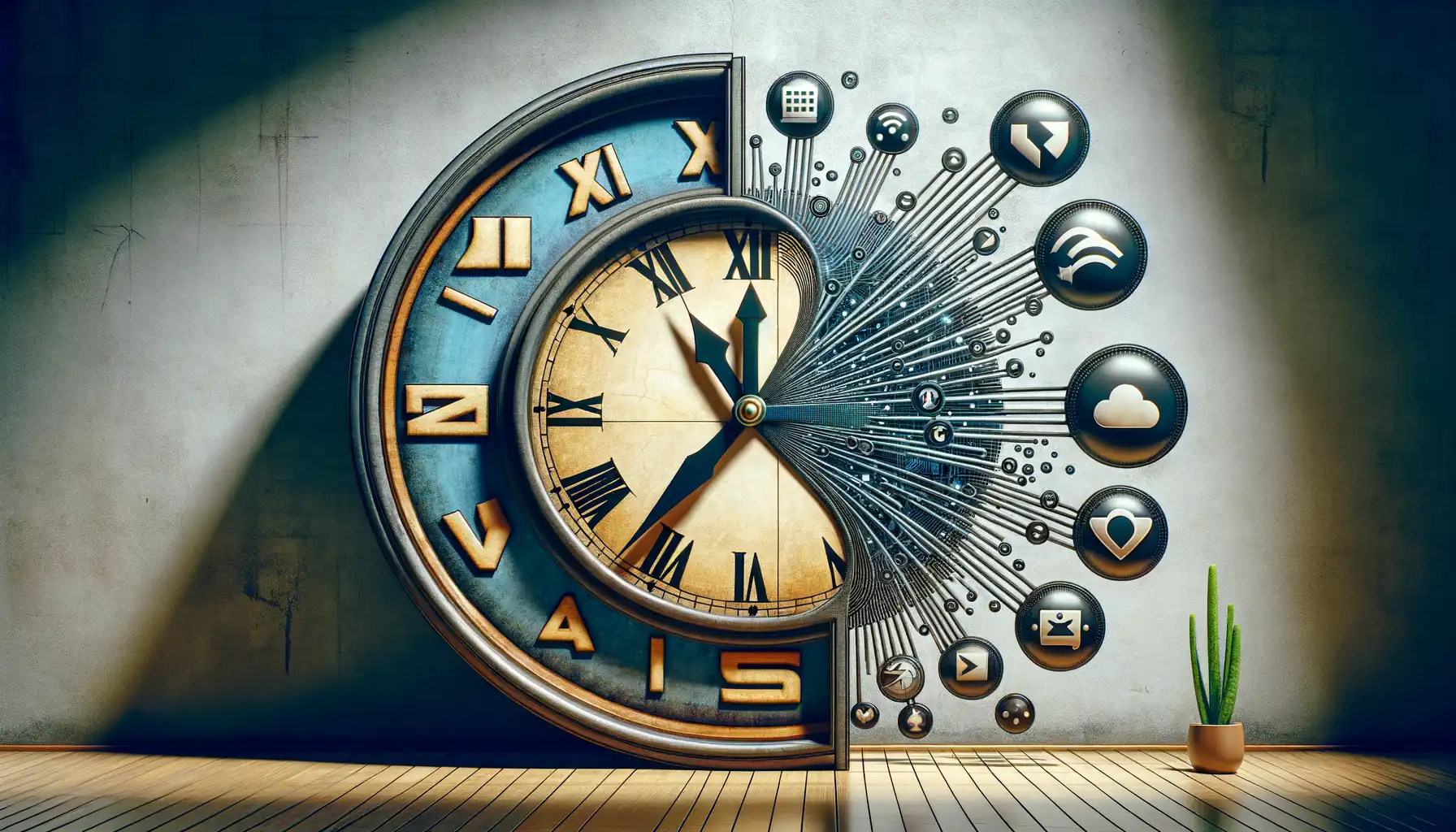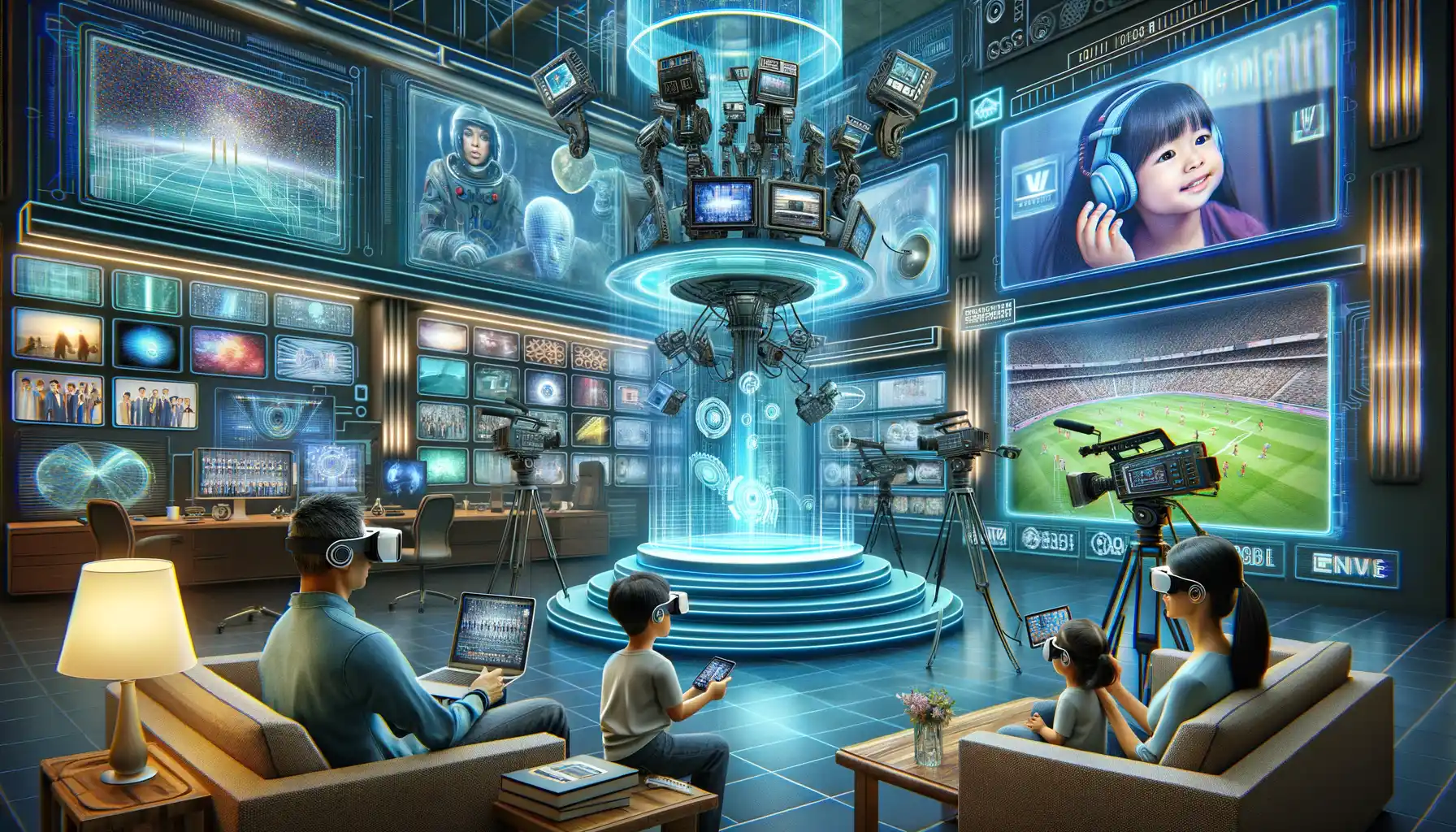Understanding Changing Viewer Preferences
Why Viewer Behavior is Evolving
The days of a one-size-fits-all TV schedule are fading fast. Audiences are no longer just flipping through channels at 8 PM with popcorn in hand—they’re binging shows on their own terms, often ignoring traditional prime-time offerings altogether. Sound familiar? It’s because viewer habits have shifted dramatically, and these changes are all about *control*.
Think about it: we live in an era of instant access. Why wait for Thursday night when you could stream an entire season today? Platforms like Netflix and Hulu have rewired how we think about content and time. For many, “prime-time” now means whatever hour fits their mood—or their sleep schedule!
- Younger audiences lean into mobile streaming, watching quick episodes during lunch breaks or commutes.
- Binge-watchers crave uninterrupted storytelling, ditching weekly waits entirely.
- Sports fans still prioritize live events but sprinkle replays through apps for convenience.
The Emotional Connection to Viewer Choices
This isn’t just about tech—it’s personal. Viewers are chasing connection and escapism. A show like Ted Lasso might feel like comfort food after a tough day, while dark dramas are saved for late-night introspection. People curate their schedules as deliberately as they curate their playlists, and that shift is forcing broadcasters to rethink everything.
Impact on Traditional Prime-Time Slots

When Prime-Time No Longer Rules the Roost
Once upon a time, prime-time TV slots were sacred. Families gathered around glowing screens at 8 PM sharp, popcorn in hand, to catch their favorite shows. But now? That ritual feels like an ancient practice in our fast-evolving digital age. The dominance of those golden hours—usually between 7 PM and 10 PM—has been shaken, if not completely stirred.
What’s causing this seismic shift? The answer lies in how viewers consume content. People no longer let schedule grids dictate their evenings. Instead, they’ve become night owls, early risers, and midday bingers. With platforms like Netflix and Hulu dropping entire seasons at once, who has the patience to wait for weekly episodes anymore?
Prime Time Under Pressure: What the Numbers Reveal
Let’s break it down:
- Younger audiences are tuning out live TV altogether, instead opting for on-demand shows they can watch anytime.
- According to recent studies, DVR usage has skyrocketed, with nearly 40% of prime-time viewing being time-shifted.
- And here’s a kicker: more than 60% of adults now multitask during traditional prime-time hours, scrolling through TikTok or gaming while episodes play in the background.
The result? Prime-time is no longer the undisputed heavyweight champion of TV scheduling. It’s competing for attention in an arena dominated by convenience, personalization, and algorithms.
Role of Streaming Platforms in Scheduling Shifts

How On-Demand Culture is Reshaping Viewer Timelines
Streaming platforms are the renegades in today’s entertainment world, smashing the rigid structures of prime-time TV with the allure of choice and flexibility. Think about it—when was the last time you planned your evening around a show airing at 8 PM? With giants like Netflix, Hulu, and Disney+, viewers hold the remote (or their app) as a throne of power, dictating what they want to watch and, more importantly, *when*.
Here’s the kicker: traditional TV networks can’t ignore this shift. Streaming has taught us that waiting feels like a relic of the past. People want stories delivered on their terms—binge-watching a season in one night or savoring episodes like gourmet bites.
- The “prime-time” slot is losing its shine as viewers opt for afternoon marathons or late-night escapades.
- Content drops at midnight now spark conversations globally by sunrise—time zones mean nothing in the streaming era.
What does this mean for broadcasters? It’s no longer about owning an hour; it’s about staying relevant in a world where the audience carries the clock. The takeaway? Adapt or risk becoming obsolete.
Strategies Employed by Networks to Adapt

Innovative Scheduling Tactics: Thinking Outside the Box
Imagine your favorite TV network as a nimble acrobat, balancing on a high wire while juggling flaming pins. That’s the modern broadcasting world in a nutshell! To keep up with shifting viewer habits, networks are pulling some seriously creative tricks out of their hats.
First, they’ve embraced the power of audience data analytics. By studying what you like, when you watch, and even how many episodes you binge in a sitting, networks craft schedules that feel tailor-made just for you. It’s like they’re listening to your viewing vibe (and honestly, they are).
Then there’s live event programming. Networks know we still crave the buzz of shared, real-time experiences. Whether it’s the Super Bowl or star-studded award shows, these events turn watching into a social ritual again—something streaming services can’t quite replicate.
- Shorter seasons (say goodbye to bloated 24-episode sagas).
- Cross-platform promotions—did you spot that Netflix ad during a cable show?
Through all this, they’re not just surviving; they’re thriving. Networks are playing chess, not checkers, and the stakes couldn’t be higher: staying part of your nightly routine.
Future Trends in Broadcasting and Viewer Behavior

The Rise of Personalized Content Consumption
It’s no longer a one-size-fits-all world when it comes to watching TV; viewers are carving out new habits that feel as unique as their digital fingerprints. Imagine this: one household, five screens, and everyone diving headfirst into their own curated content. That’s the reality broadcasters face today. With the growth of advanced algorithms, platforms like Netflix and Disney+ aren’t just suggesting what we might enjoy—they’re shaping our nightly routines. The era of the passive couch potato is long gone. Now, audiences expect nothing less than tailor-made entertainment—because why settle for good, when you can have *perfect*?
- AI-driven recommendations are redefining how networks cater to individual preferences.
- Interactive elements, like “choose your own adventure” narratives, are pulling viewers deeper into the storytelling.
- Content that reflects hyper-local cultures or globalized stories is gaining traction.
From Appointment Viewing to Anytime, Anywhere
Think of prime-time schedules as towering city skyscrapers. Now imagine streaming services dismantling them brick by brick, replacing rigid structures with flexible spaces. Viewers no longer revolve around set schedules; they stream on their morning commute, during lunch breaks, or late into the night, curled up in bed. It’s all about being on-demand. What does this mean for broadcasters? It’s a call to be where the viewers are—on smartphones, tablets, and even AR/VR headsets.
And let’s not forget the rise of community-driven experiences! Live-tweeting during an episode or debating the latest twist on social media has turned viewing into a shared event, even for those miles apart. Networks embracing this social connection will flourish, turning fleeting moments of attention into loyal, lifelong engagement.
